Top Signs Indicating Your Property Requires Professional Structural Drying Services
Welcome to our latest blog post on an essential topic for homeowners and property managers alike: recognizing when it’s time to call in professional structural drying services. After experiencing water damage, whether from flooding, leaks, or other disasters, it’s crucial to address the aftermath promptly to prevent further deterioration and costly repairs. While some minor dampness can be tackled with DIY methods, more severe cases require the expertise of professionals equipped with the right tools and knowledge.
In this post, we’ll explore the top signs that indicate the need for professional structural drying services. Understanding these signs can save you from the potential risks and financial burdens that come with delayed intervention. Water damage isn’t always obvious, and the signs of needing professional help can be subtle. We’ll guide you through what to look out for so you can act swiftly and effectively to protect your property and maintain its value. Let’s dive into the critical indicators that it’s time to bring in the experts.
What is Structural Drying?
Structural drying is a critical process used to remove excess moisture from the materials that make up the structure of a building, such as walls, floors, and ceilings. This process is essential after incidents of water intrusion, which can occur due to reasons like floods, pipe bursts, or long-standing leaks. The goal of structural drying is not just to dry the surface, but to bring the moisture content of the building materials back to normal levels to prevent the degradation of the property and the growth of mold.
Professionals utilize advanced techniques and equipment in structural drying, which may include:
- Air Movers and Dehumidifiers: These tools are used to accelerate the evaporation of moisture from structural components and help maintain optimal humidity levels in the air.
- Heat Drying Systems: Applying heat helps increase the rate of evaporation. Controlled heating technology ensures that the temperature is sufficient to facilitate drying without causing damage to the materials.
- Moisture Meters and Sensors: These devices are essential for measuring the moisture content in various building materials to ensure they return to acceptable levels before restoration is considered complete.
The effectiveness of structural drying depends on a quick response. The longer water sits, the more it permeates building materials, complicating the drying process. By understanding the mechanics behind structural drying, property owners can better appreciate why professional intervention is often necessary and beneficial when dealing with significant water damage.
Sign 1: Extensive Water Damage
One of the most apparent signs that you need professional structural drying services is extensive water damage. This type of damage is usually the result of flooding, severe weather events, or significant plumbing failures, and it often affects large areas of a property or penetrates deeply into building materials.
Identifying Extensive Water Damage:
- Saturation of Walls and Floors: If you notice that large sections of your walls or flooring feel spongy or look visibly waterlogged, it’s a clear indicator that the moisture has penetrated deeply and requires professional drying techniques.
- Pooling Water: Standing water inside your home, especially in basements or lower levels, can quickly seep into structural components, necessitating immediate professional attention.
- Water Stains and Discoloration: Extensive water stains on ceilings, walls, or along baseboards are not just surface-level issues. They often indicate a more significant moisture problem behind or within the structural elements.
When water damage is extensive, the risks associated with inadequate drying include structural weakening, which can lead to collapses, and the development of mold and mildew, which pose health risks. Professional structural drying services are equipped to handle large-scale water extraction and drying with industrial-grade equipment that removes moisture thoroughly and quickly, preventing further damage and helping to stabilize the building. This is crucial for restoring the safety and integrity of your property.
Sign 2: Persistent Musty Odors
A persistent musty odor in your home can be a telltale sign of hidden moisture that has not been adequately addressed. These odors often originate from areas that are not visible, such as behind walls or under flooring, where moisture can linger unnoticed. The smell is typically earthy and damp, indicative of an environment where mold and mildew can thrive.
Why It Matters:
- Indication of Mold or Mildew: Musty smells are commonly associated with the growth of mold and mildew, which thrive in moist environments. Left unchecked, these fungi can proliferate, compromising the structural integrity of building materials and indoor air quality, potentially leading to significant health issues for occupants.
- Hidden Moisture: The presence of a musty odor is a strong indicator that moisture levels within the structure are higher than normal. This excess moisture can be due to poor ventilation, leaks, or condensation problems, which are not always immediately visible.
Professional Approach: Professional drying services utilize advanced moisture detection equipment to precisely locate the source of odors and identify the extent of moisture penetration. Techniques such as thermal imaging and hygrometer measurements allow professionals to diagnose the underlying issues accurately. Once identified, they can deploy a range of drying and dehumidification tools to eliminate the moisture thoroughly and prevent future occurrences. Additionally, addressing these issues promptly can prevent the deterioration of property and avoid the high costs associated with major mold remediation and structural repairs.
Sign 3: Visible Mold and Mildew Growth
Visible mold or mildew growth is a definitive sign that your property requires professional intervention. Mold can begin to grow within 24 to 48 hours of moisture exposure, and once it starts, it can quickly become a major issue, spreading rapidly across walls, ceilings, and other surfaces.
Identifying Mold Growth:
- Spots or Patches: These can appear in various colors such as black, green, or white and are often found in damp areas of your home, particularly in bathrooms, kitchens, basements, and around windows where moisture condenses. Mold may also hide in less visible places like behind wallpaper, under carpets, or inside ventilation systems.
- Health Symptoms: Exposure to mold spores can lead to a range of health issues, especially for individuals with allergies or respiratory conditions. Symptoms may include sneezing, coughing, difficulty breathing, and skin irritation. Persistent health symptoms without a clear cause could be a sign of indoor mold presence.
Professional Remediation: Addressing mold growth goes beyond simple cleaning. Professional structural drying and mold remediation are necessary to ensure that all spores are thoroughly eradicated and the environment is returned to a safe, dry state. Professionals will isolate affected areas to prevent the spread of spores, use HEPA vacuums and air scrubbers to remove spores, and apply antimicrobial treatments to affected and at-risk surfaces to inhibit further growth. By resolving moisture issues comprehensively, professionals help ensure that mold does not return, maintaining the building’s integrity and the health of its occupants.
Sign 4: Warping, Swelling, or Cracking of Structures and Finishes
When building materials like wood are exposed to water for an extended period, they can absorb moisture and begin to change shape. This can manifest as warping, swelling, or cracking.
Effects on Property:
- Warping of Wood: Doors, floors, and window frames may not fit in their frames properly.
- Swelling: Swollen materials can exert pressure on surrounding structures, potentially causing long-term damage.
- Cracking: As materials dry unevenly, they can crack, compromising structural integrity.
Professionals use controlled drying techniques that carefully reduce moisture content without causing additional damage to sensitive materials.
Conclusion
Recognizing the signs that your property needs professional structural drying services is crucial for maintaining the integrity and safety of your home. Extensive water damage, persistent musty odors, visible mold, and structural deformities are all indicators that professional help is needed. Prompt action not only prevents further damage but also restores your property to a safe and comfortable state.
If you notice any of these signs, do not hesitate to reach out to a professional drying service. The sooner you address these issues, the better you can protect your investment and ensure a healthy living environment. Remember, dealing with water damage swiftly and effectively with the help of experts can save you time, money, and stress in the long run.

